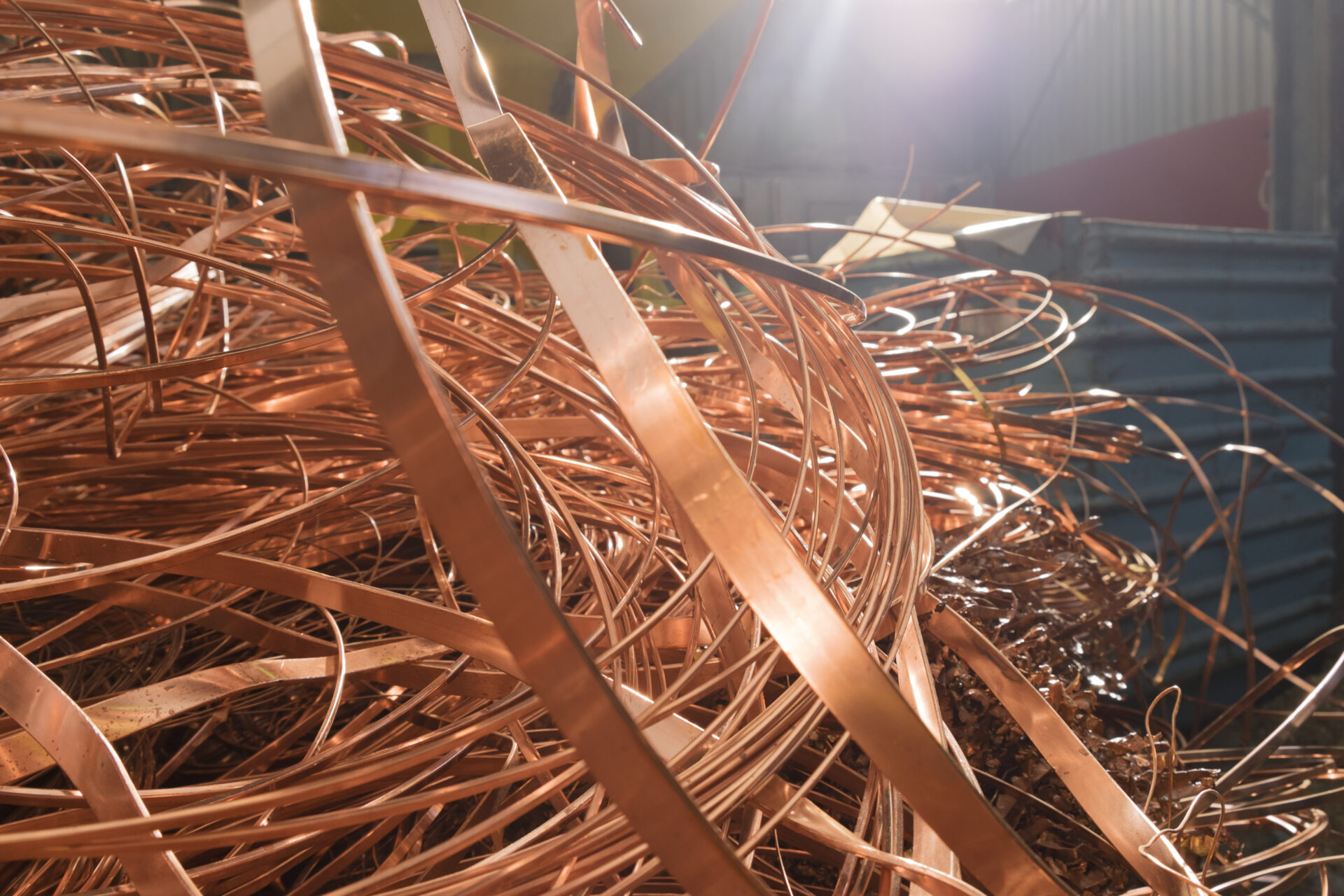

During World War II, the U.S. government launched a nationwide campaign encouraging Americans to start collecting anything they had made out of metal, so it could be recycled.
The reason: as part of the war effort, factories had started to ramp up production of the tanks, ships and other weapons used to fight overseas. Metals were in short supply, so anything made from it, including scrap, got collected so it could be melted down and re-forged. The scrap metal recycling movement had kicked into high gear.
The Beginning of US Metal Recycling
It was still growing in the 1960s and 1970s – but by then, the industry had moved in a different direction, a path it’s still on today. Gone were the days when recycling scrap was needed because of a shortage of materials.
Instead, scrap metal started to merge with a growing environmental movement. By then it had become clear there were massive amounts of waste being produced, and recycling was the ideal way to keep scrap metals from ending up in landfills.
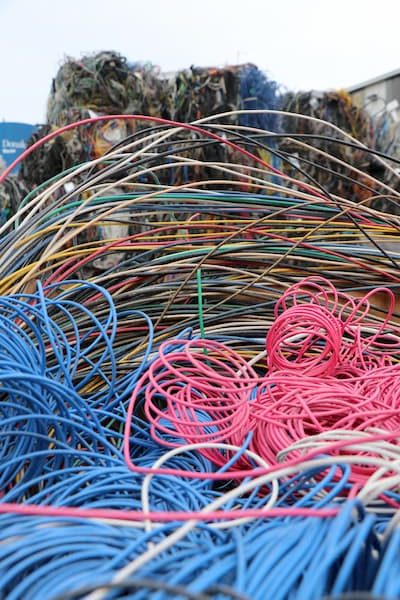

A Hidden Problem: Toxic Leaching From Metal
This new direction for the scrap recycling industry put an emphasis on the fact that scrap contains toxic chemicals like mercury and lead, which can pose significant environmental risks if they’re placed in landfills, where they can contaminate the soil and water, endangering both people and wildlife.
And if there isn’t a shortage of scrap metal, we know there’s a finite amount of virgin ore to be mined to make new metals. The focus on protecting our natural resources became a crucial part of the drive for scrap metal recycling.
Where Is the Scrap Recycling Industry Today?
A recent report by the Institute of Scrap Recycling Industries, a trade association representing more than 1,600 private and public for-profit companies, emphasized how the issues that emerged in the 1970s are very much still with us today.
As ISRI pointed out, 130 million metric tons of materials are processed every year by recyclers in the U.S. All of that would otherwise have become scrap waste in a landfill.
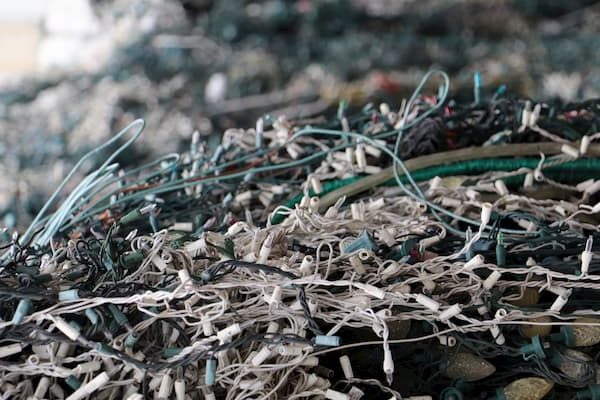

At the same time, though, recycling rates for scrap are still below 40 percent, so the 130 million tons is just a fraction of how much used scrap is out there.
The Importance in Supporting Metal Recycling Centers
We do know there are enormous environmental benefits to having scrap brought to recyclers like GLE Scrap Metal rather than put in dumpsters and landfills.
One of the toxins within scrap is lead, and putting those items in landfills risks lead overexposure. This is a serious potential public health risk. Exposure to lead can cause hazardous concentrations in our soil, water, and air, and lead poisoning is the leading environmentally induced illness in children.
The Effects Of Mercury On The Local Environment
The same is true for mercury, one of the most harmful pollutants in scrap. Putting scrap in landfills runs the risk of mercury poisoning. Mercury is a highly potent neurotoxin, and exposure to it can impact the functions and development of the central nervous system in both people and wildlife. Toxic mercury is dangerous to all of us if it accumulates in rivers, lakes, and forests.
That’s one important reason for the push for recycling scrap. But another key factor relates to how we have traditionally created metals.
How Does Scrap Recycling Save Our Natural Resources?
Recycling also contributes to Ore Conservation. With a limited amount of metal ore in the planet, recycling cuts down on the amount of virgin ore that needs to be mined. Instead, manufacturers can use recycled metals.
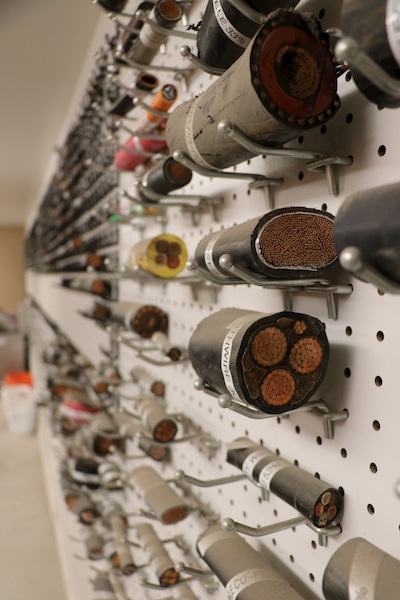

Metals like aluminum or copper are extracted from the earth’s natural ores through mining. But this process also uses up far more of our natural resources than recycling does.
How Mining Effects The Local Environment
The excavation work needed for mining leaves large holes in the earth, which would otherwise become home to ecosystems of plants, animals, insects and rain forests.
Those natural resources – soil, water air, plants and even animals – are conserved when we recycle to create metals rather than relying on mining for virgin ore.
The process of mining for ore also releases greenhouse gas emissions, which can lead to harmful levels of air pollution in cities and create respiratory health problems for urban residents. The Institute of Scrap Recycling Industries has reported that recycling metal can reduce greenhouse gas emissions by up to 500 million tons.
The Healthy Benefits of Metal Recycling
The U.S. Environmental Protection Agency reported that in 2013, recycling and composting cut greenhouse gas emissions by more than 186 million metric tons of carbon dioxide.
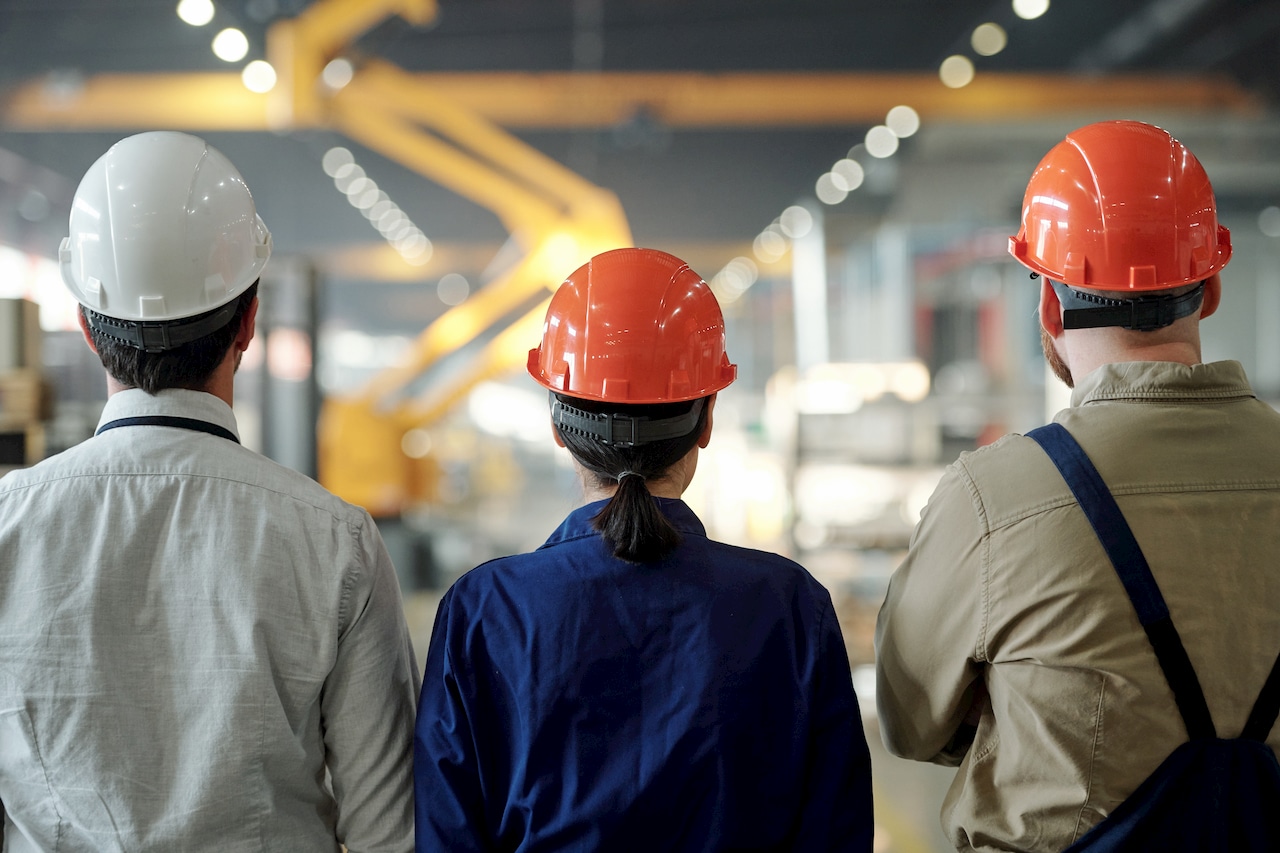

Recycling metal also uses up to 40 percent less water, the National Institutes of Health have reported, while recycling aluminum uses 95 percent less energy than drilling for raw materials.
The bottom line: Scrap metal recycling creates a healthier earth for us all and takes a major burden off our environment.
What Are the Economic Benefits of Scrap Recycling?
Recycling scrap means those metals can be used in new products, transforming scrap metal and electronics into specification grade commodities for use in new products. In fact, as ISRI noted, it’s been documented that 70 percent of the recycled commodities processed last year in the U.S. ended up in people’s homes as newly purchased products.
The story behind this is the strong economic benefit of recycling scrap.
Recycling Metals Is Profitable, But Not Enough People Are Taking Part
Today, the recycling industry generates nearly $18 billion in export sales annually, a major contribution to global economies.
In the United States alone, recycling facilities employ more than 470,000 jobs, and directly or indirectly more than a million workers.


Recycling metal also creates 36 times more jobs than it takes to send metal waste to an incinerator, and six times more than employing people to take it to a landfill. This industry also generates major revenue — more than 90 billion annually, which gets pumped back into our economy.
We All Need To Recycle More Metals; Not Just Plastic
Without recycling, scrap metal amounts to a lost product — and lost profits. With recycling, companies can sell their scrap metal if they purchased the metal they needed but only used a portion of it. Now they have the option to selling their scrap to a company like GLE Scrap Metal to recycle it for new uses.
The companies that purchase scrap metal from recyclers can use this cheaper metal to cut down on their manufacturing costs, enabling them to secure higher profits and to even make their products available at a lower cost to consumers.
That can encourage consumers to spend more, which leads to a healthier economic cycle all around.
Pushing For The Circular Economy
That’s a key reason why the scrap recycling industry has grown so rapidly in recent years. Yes, the industry has continued to confront the issue of a surplus of waste scrap and the negative implications of allowing it to go into a landfill.
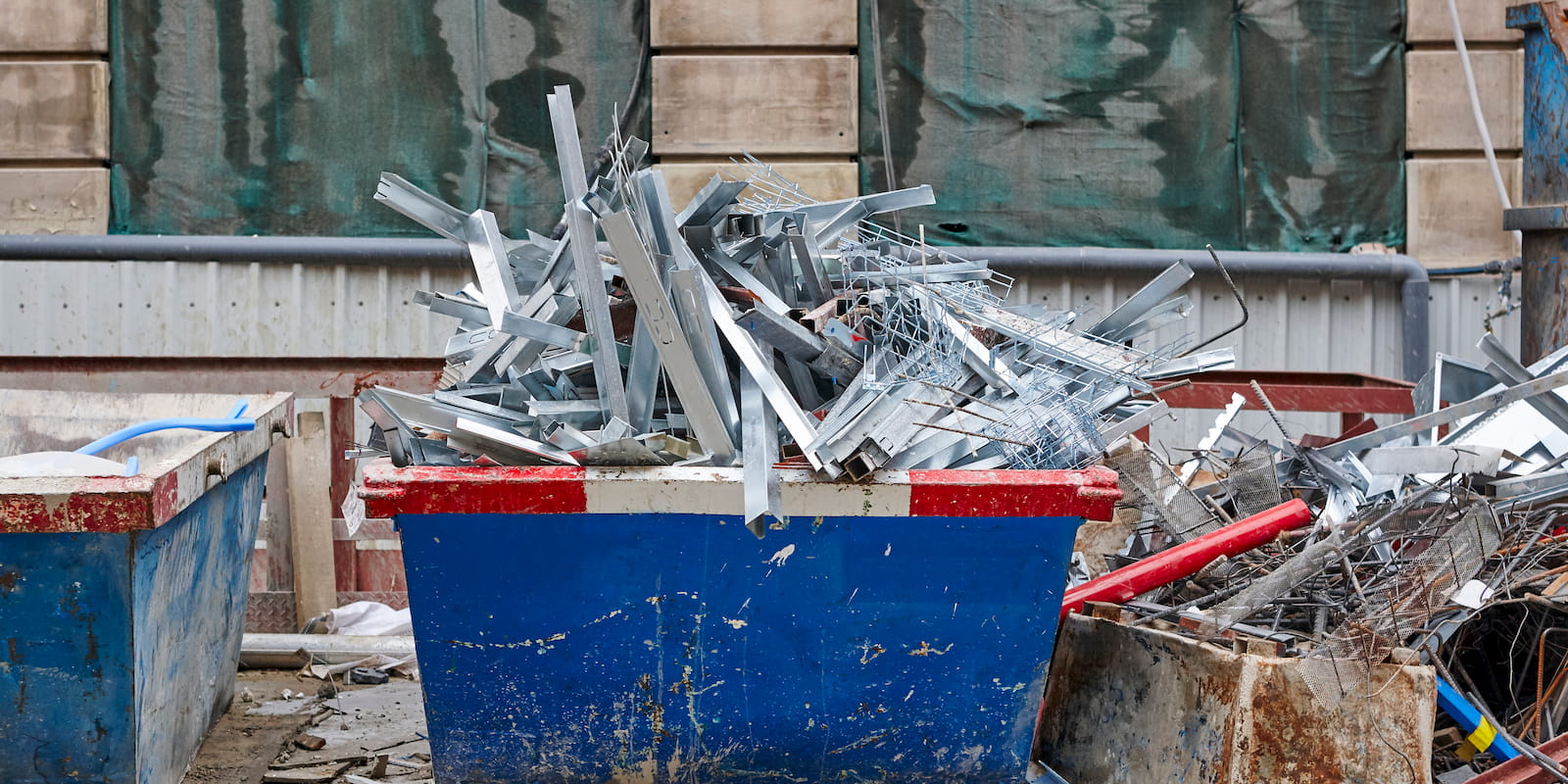

But there is also a demand from manufacturers for recycled scrap, rather than having to go through the far more costly approach of drilling for virgin ore.
Conclusion
The reasons we recycle scrap metal may have changed since the 1940s, but scrap recycling remains a fast-growing industry for several good reasons. Manufacturers have come to rely on recycled scrap to reduce costs when they manufacture new products, and we all benefit with a healthier environment when we keep waste scrap out of our landfills.
What we need now is to increase the rates by which individuals and businesses bring their scrap metal to recycling firms like GLE Scrap Metal.
Your Local Metals Recycler – GLE Scrap Metal
As a premier scrap metal and electronic recycler, GLE Scrap Metal performs environmentally-friendly processing and recycling of all base and precious metals. Family owned and operated, GLE strives protect our natural resources and help conserve energy. The scrap metal you bring to GLE will be processed and supplied to global end-users to be transformed into new products.
GLE Scrap Metal is continually training its staff on environmental procedures, and follows the guidelines set by the Occupational Safety and Health Administration and ISRI. GLE also works closely with professional environmental consultants to maintain compliance on all existing and future environmental laws and standards.
Call GLE Scrap Metal today at 855-SCRAP-88 to request a quote.

